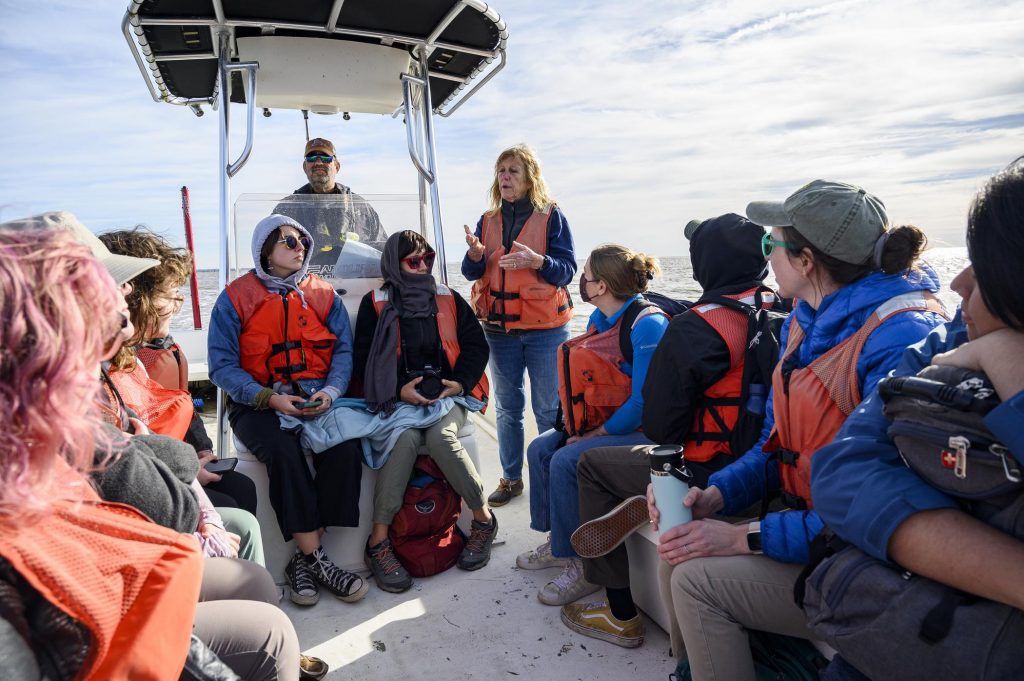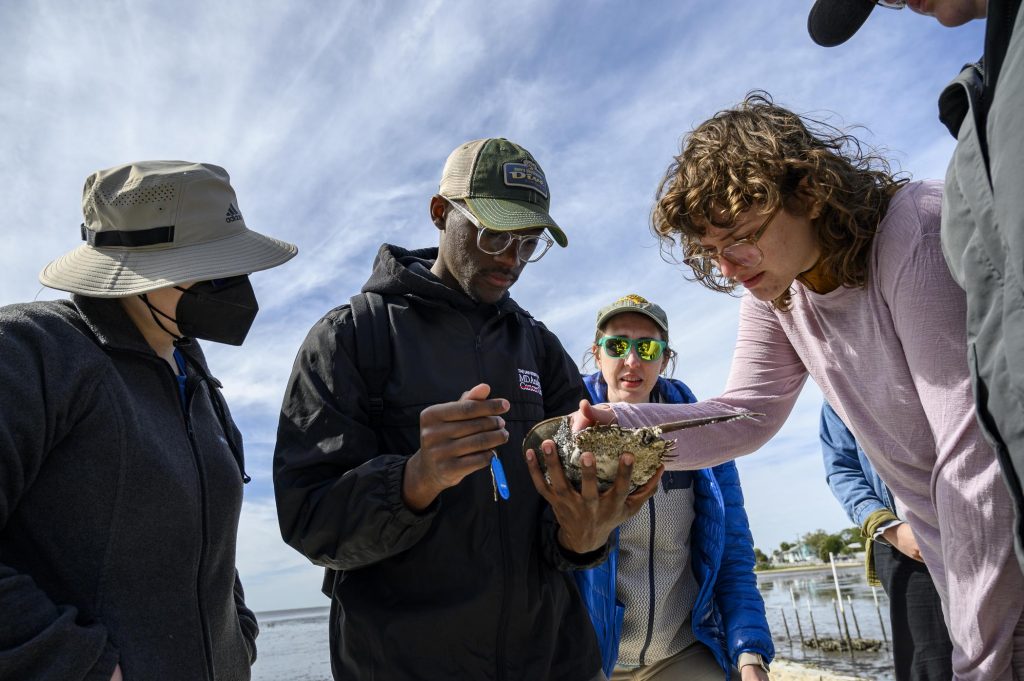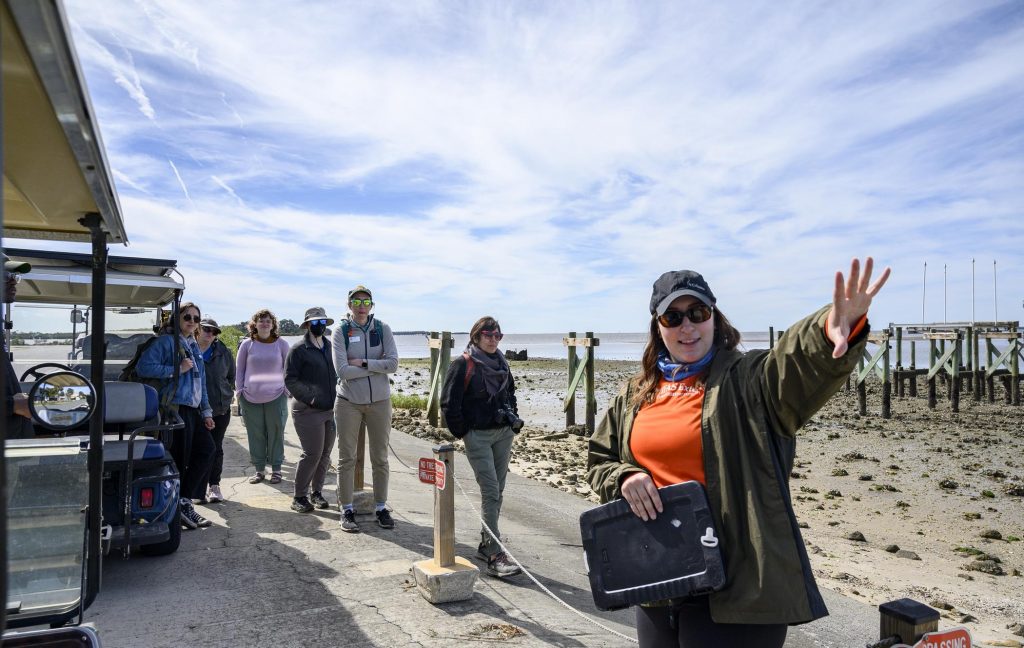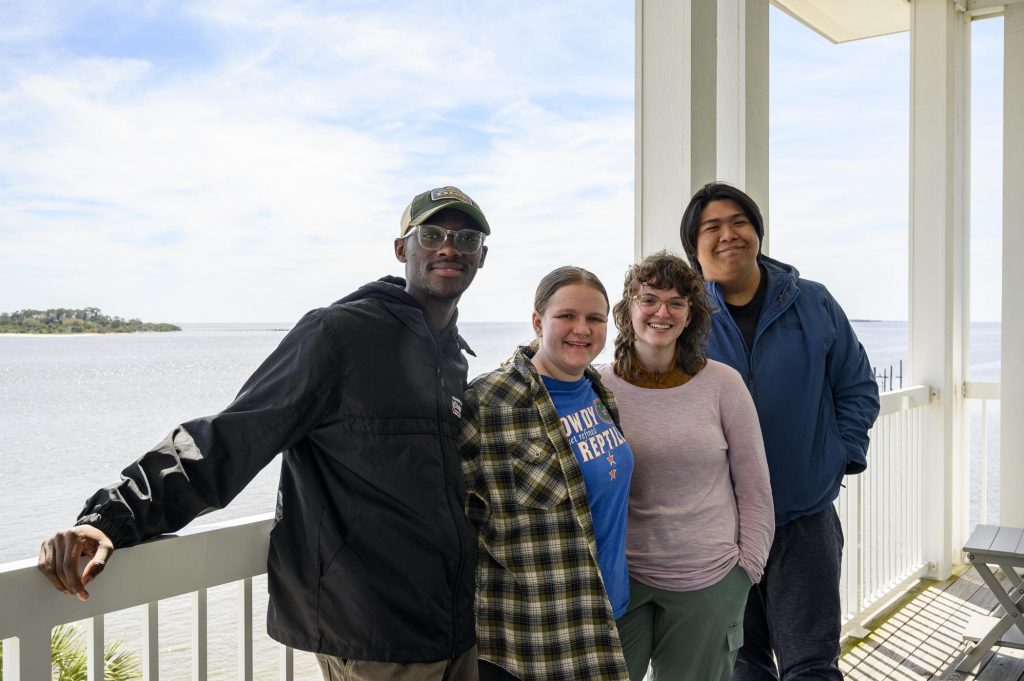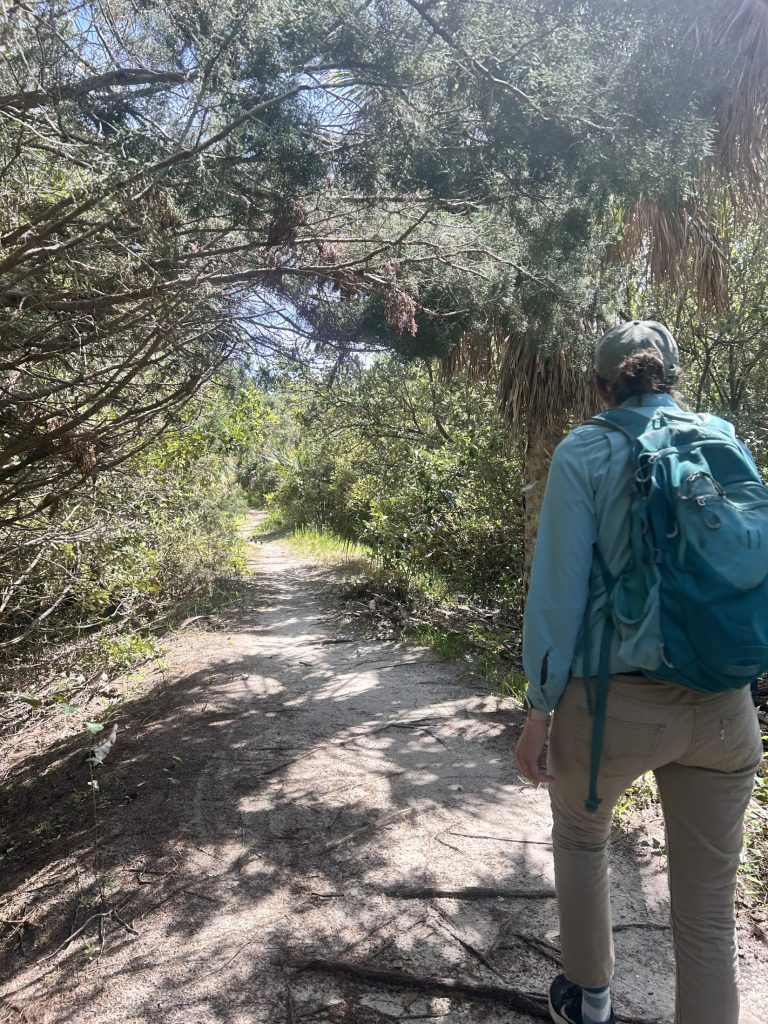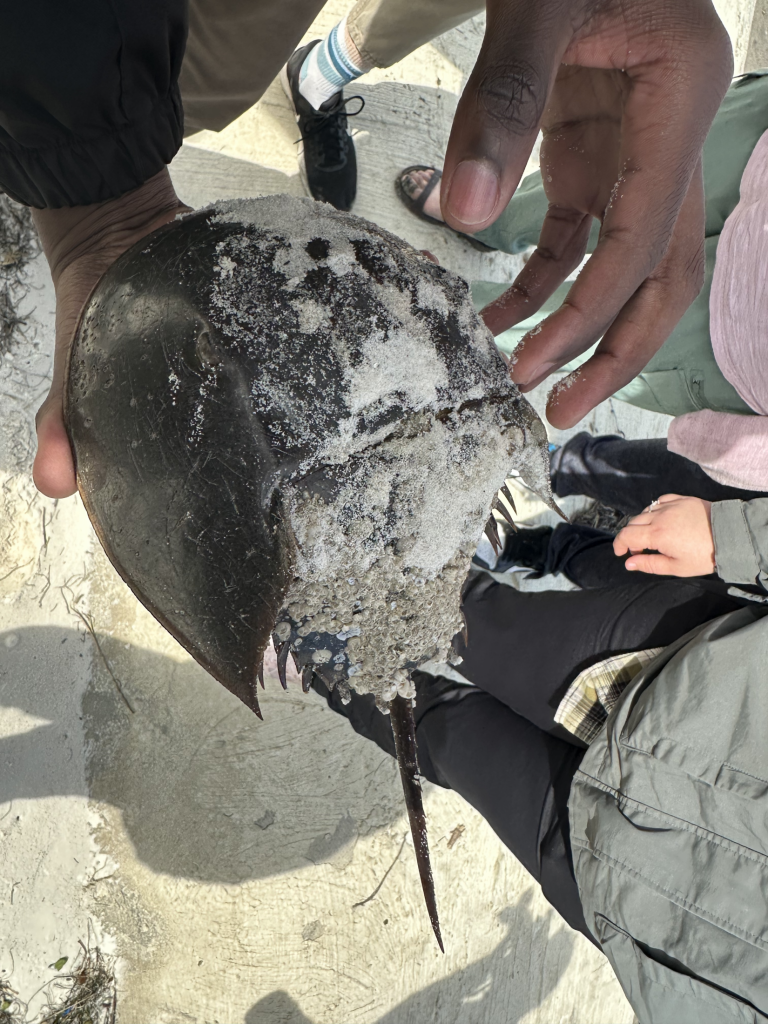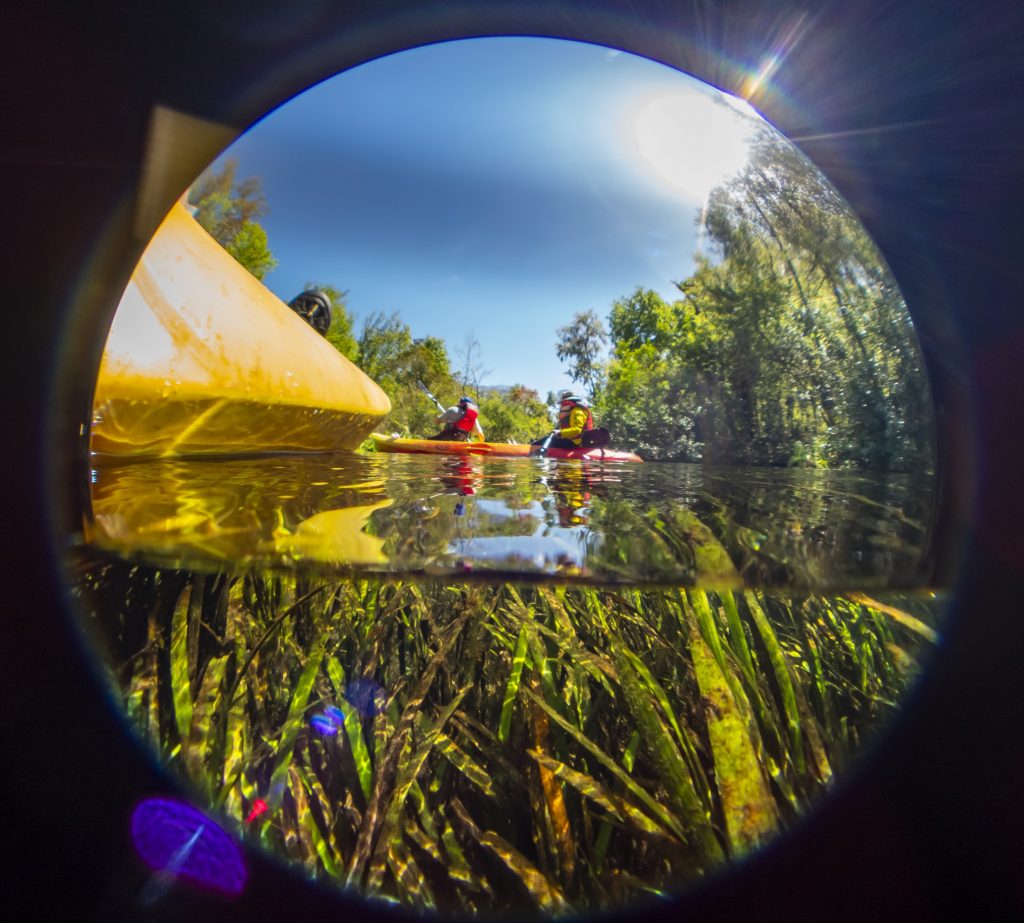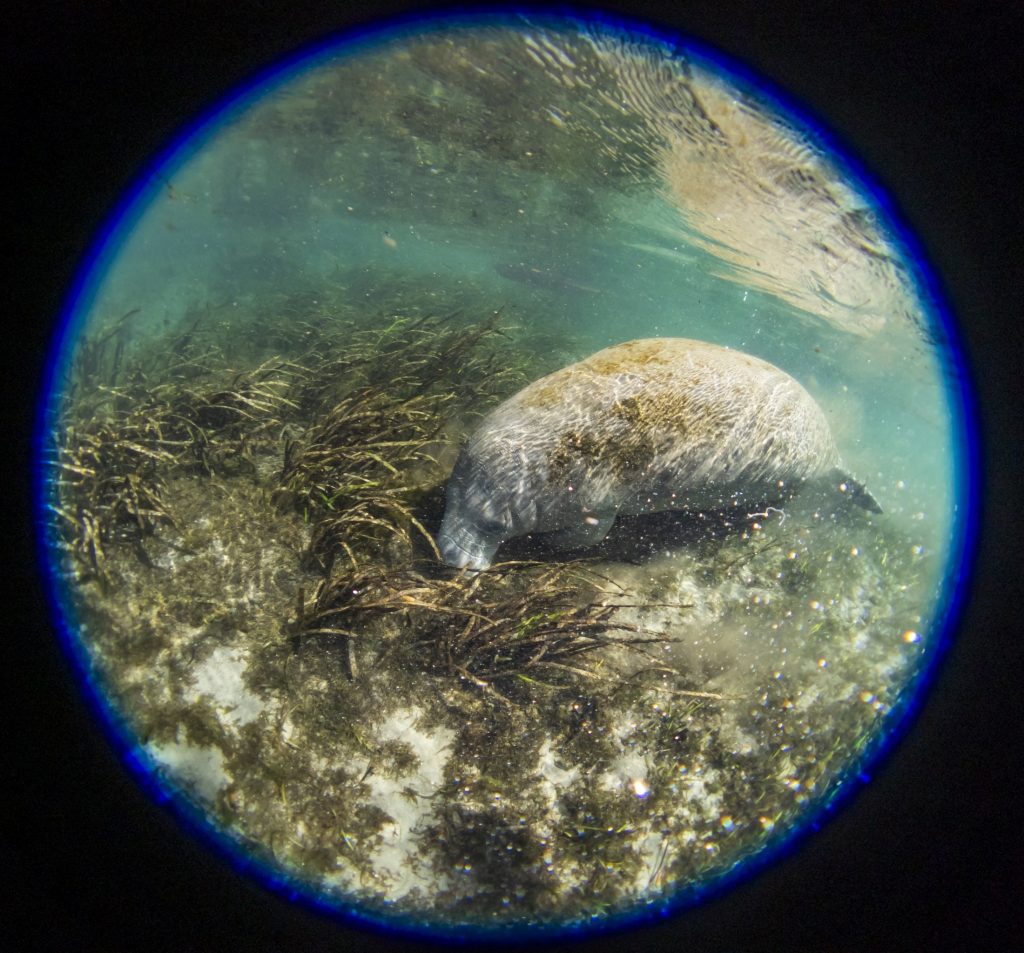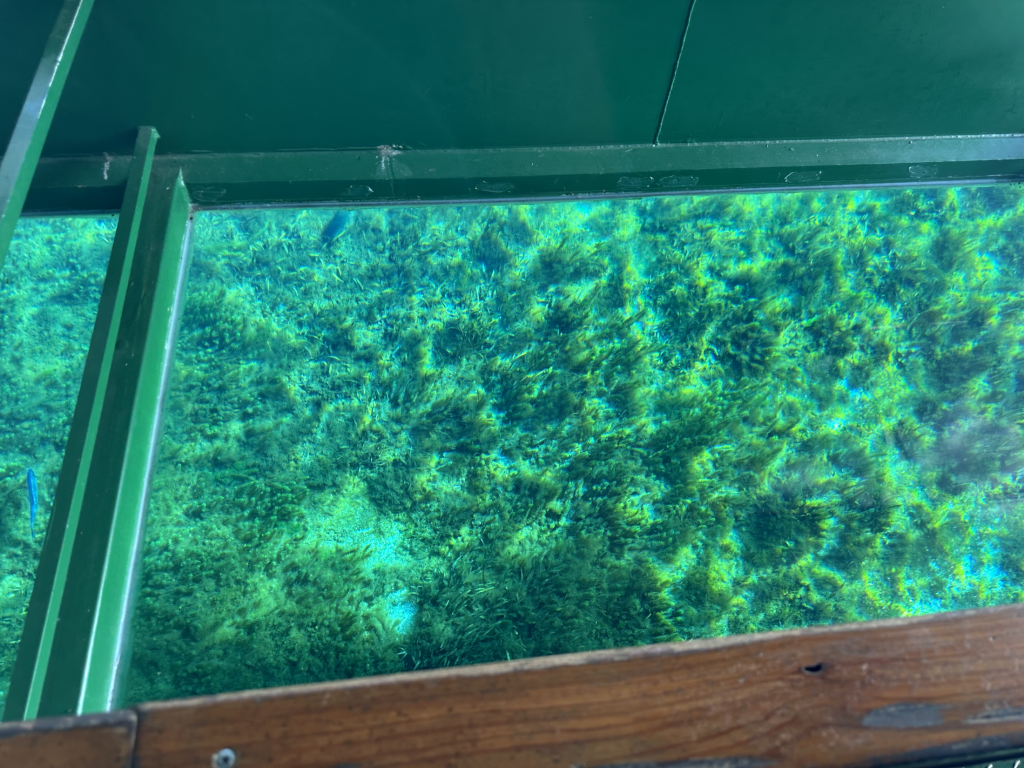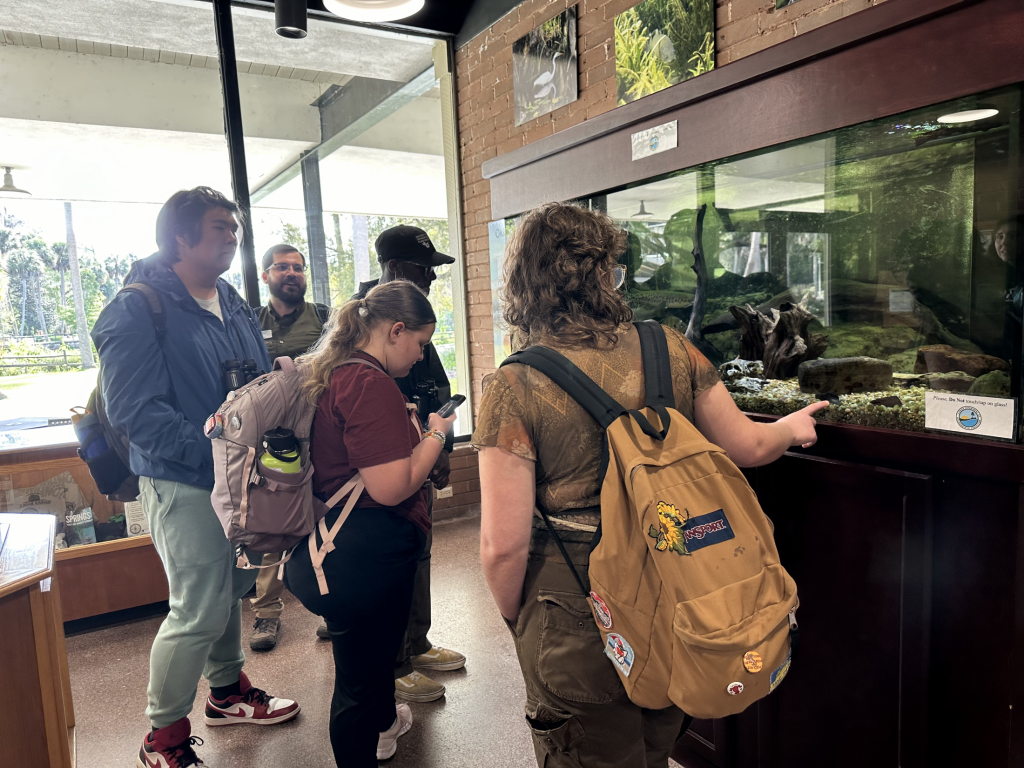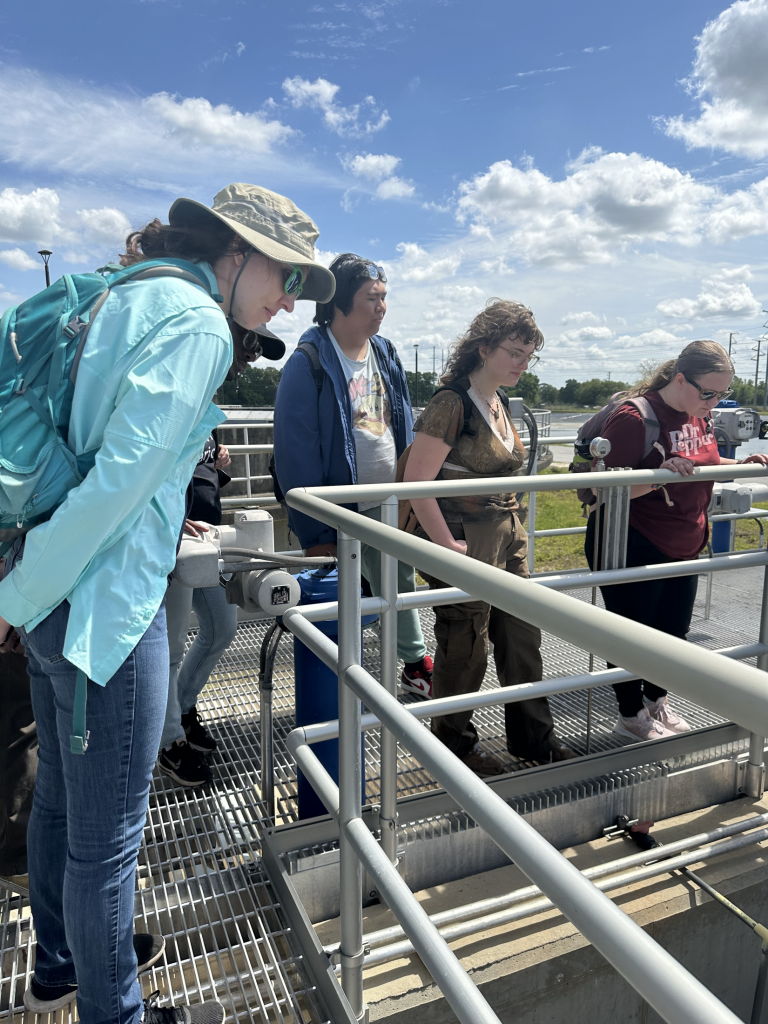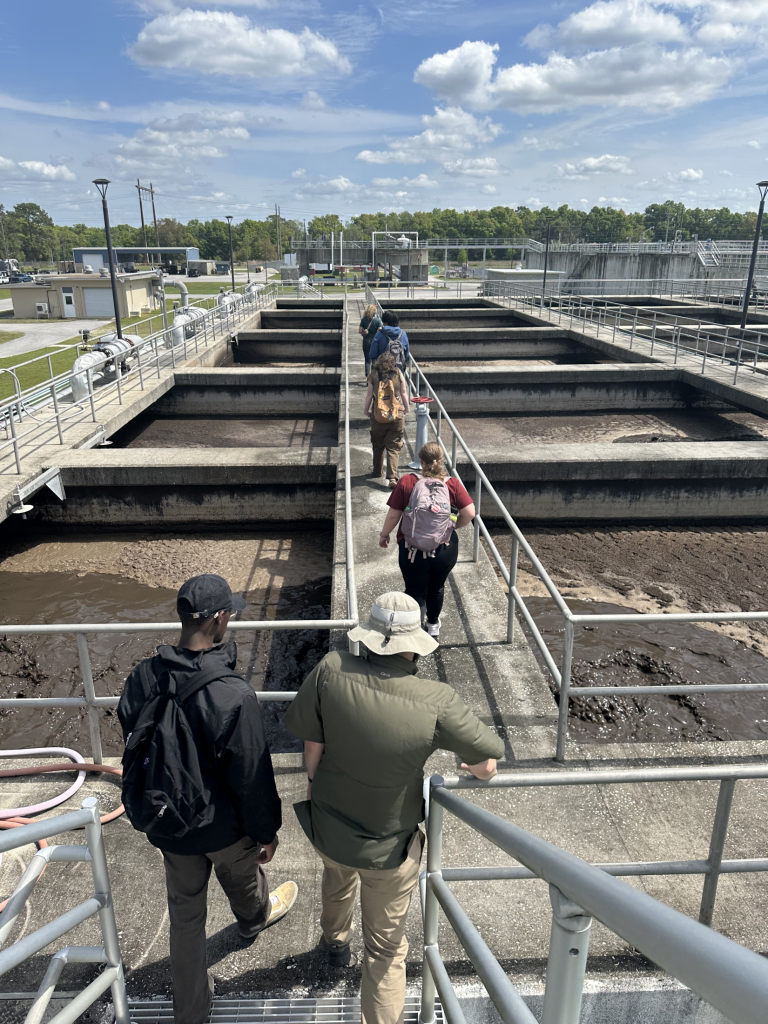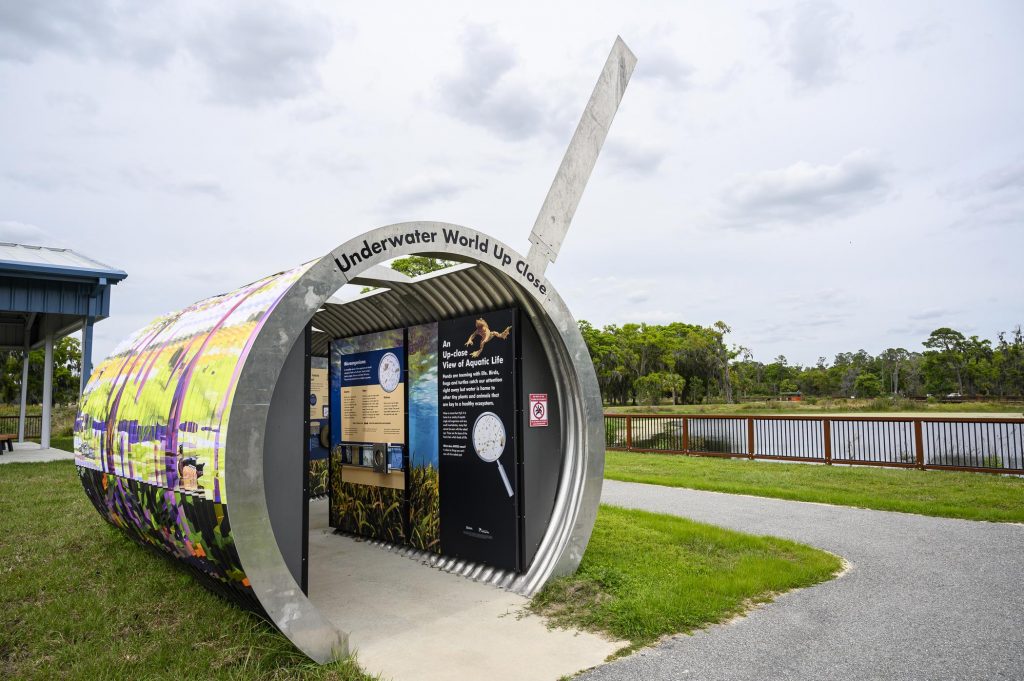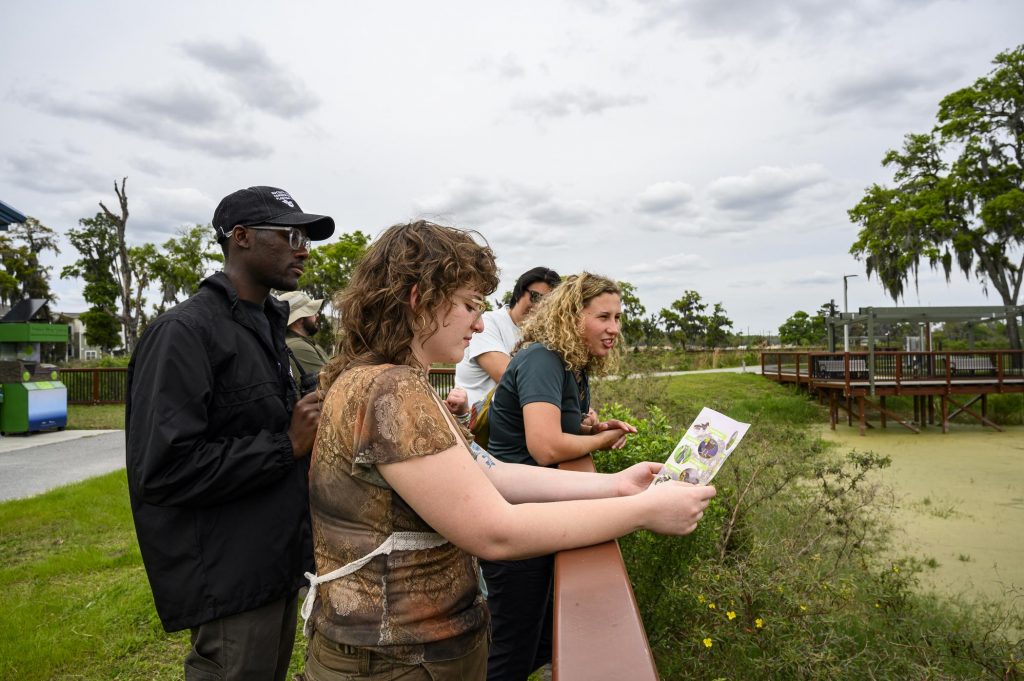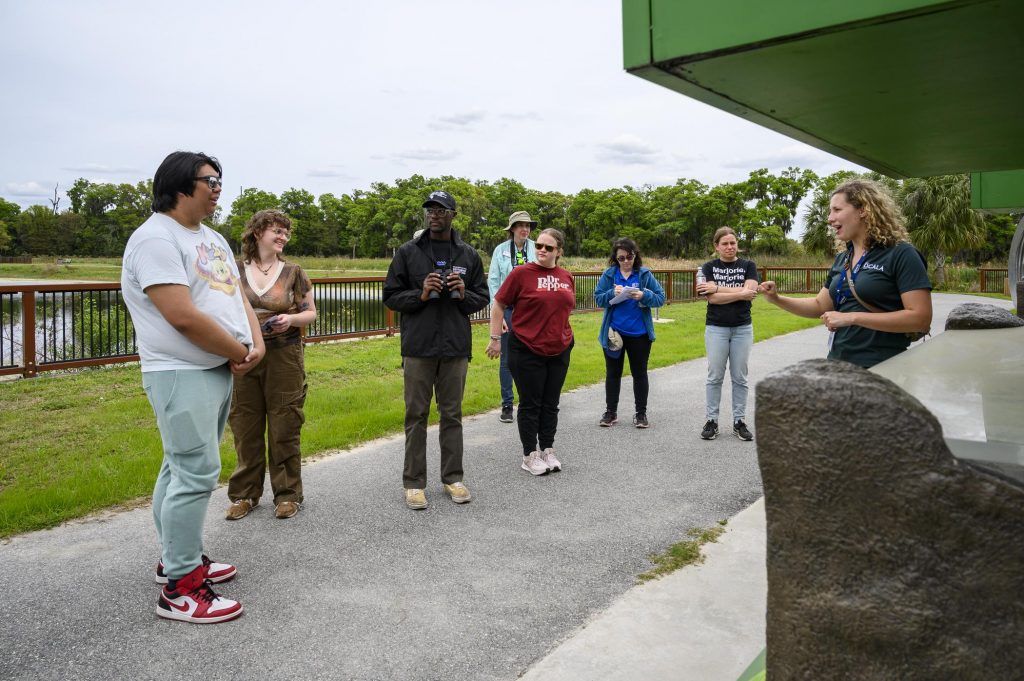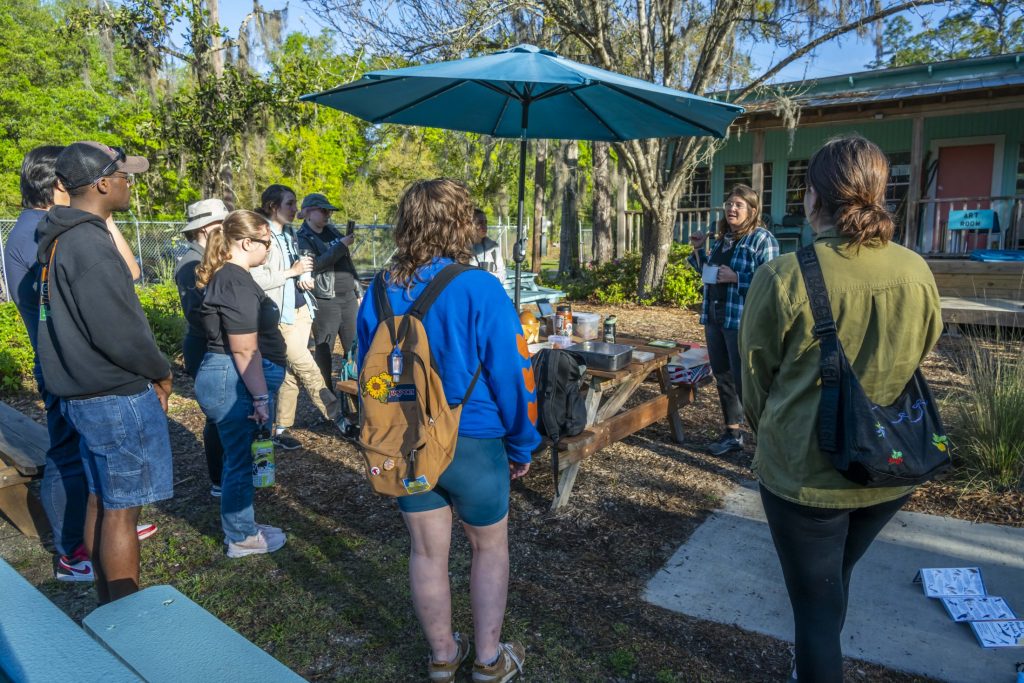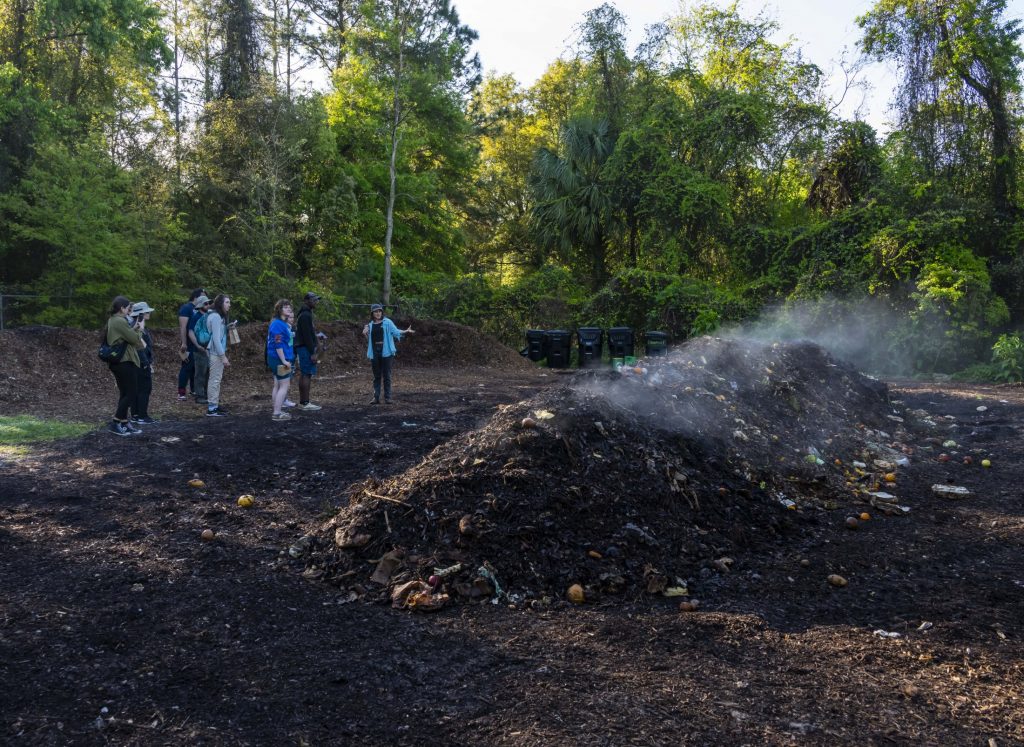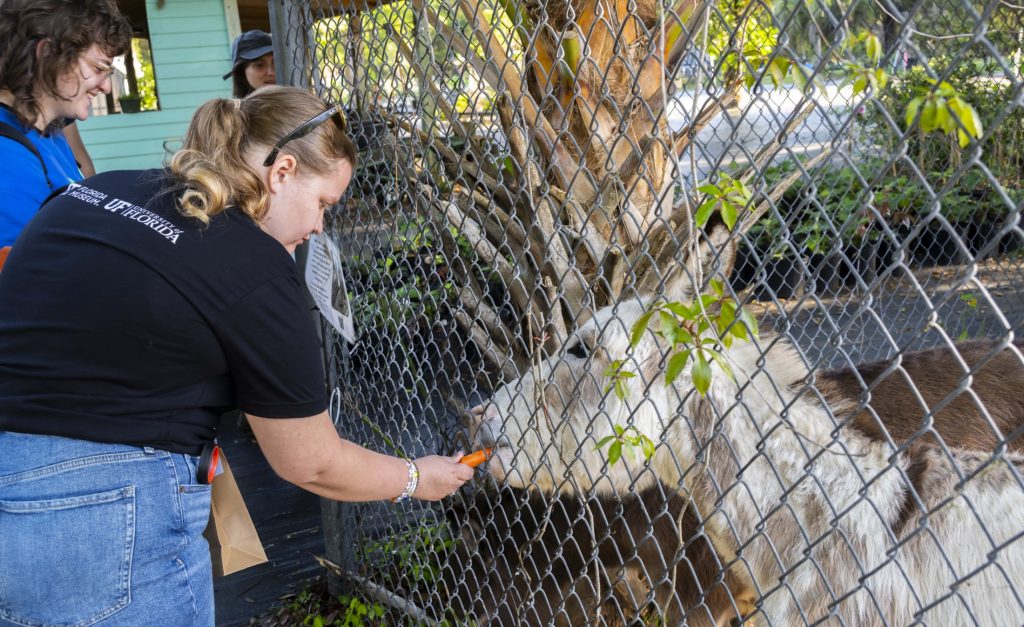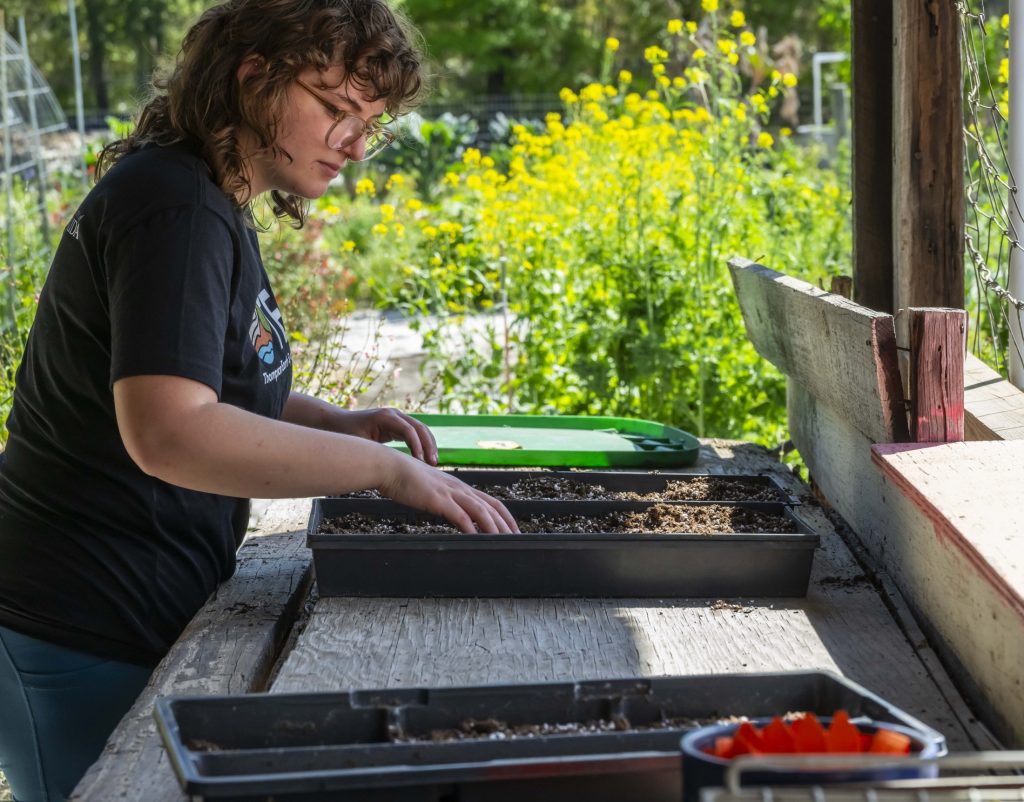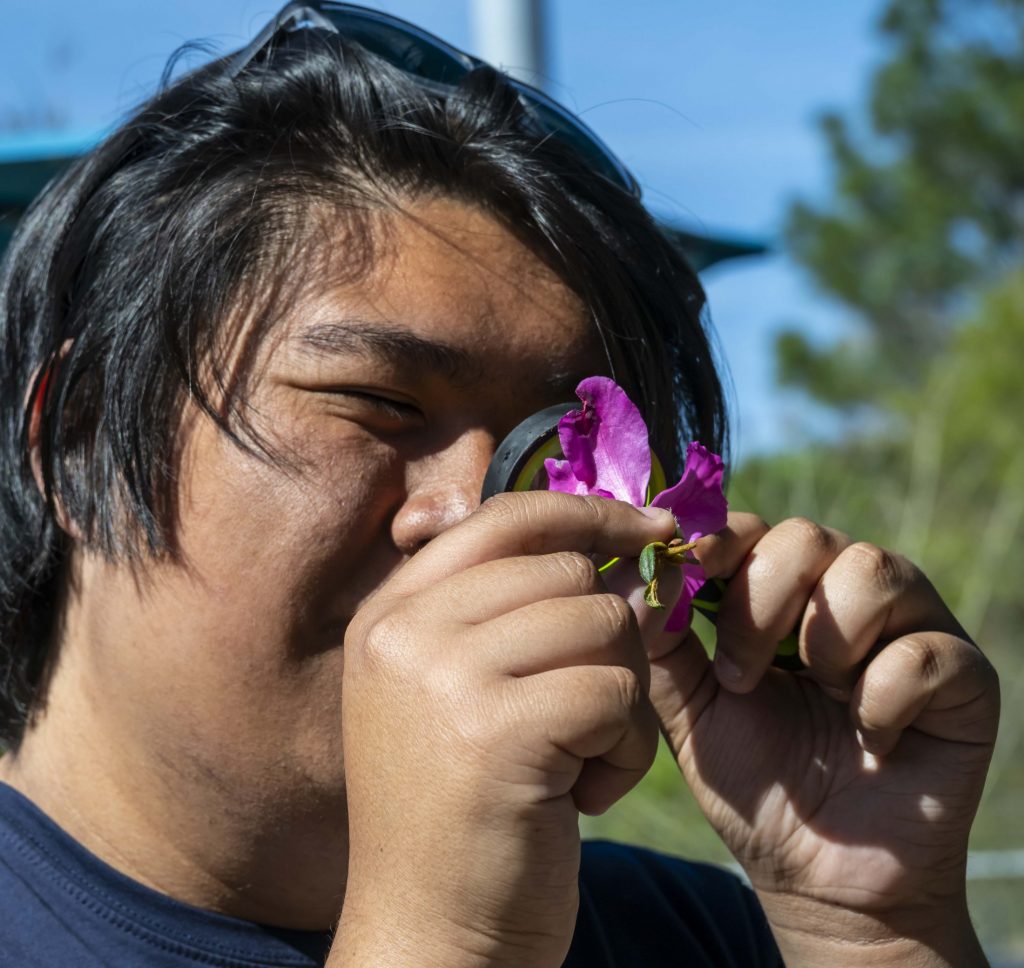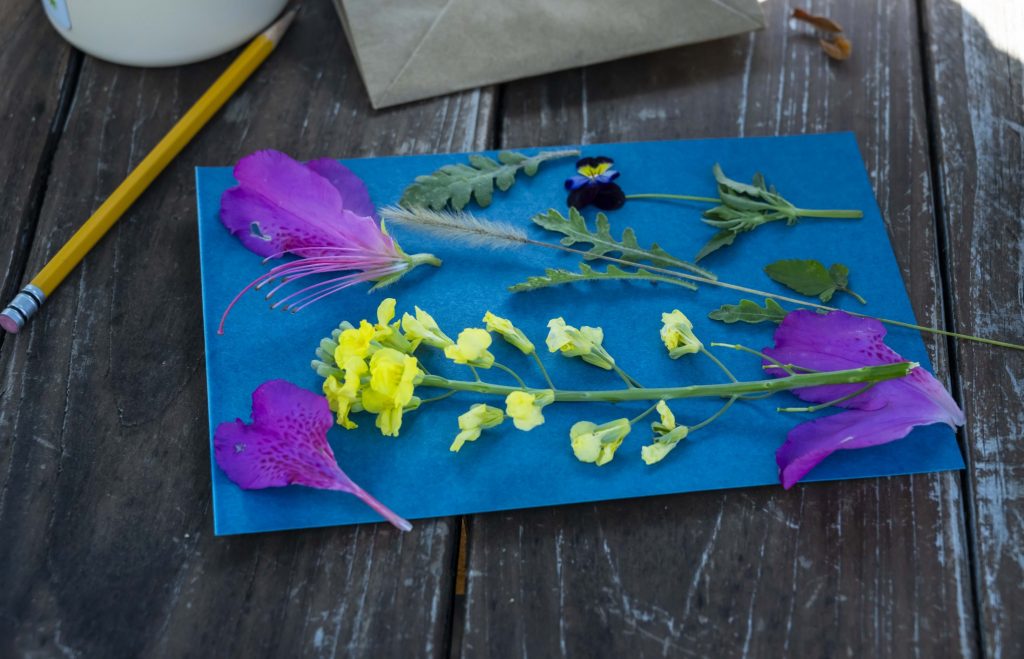From March 11-14, TESI Environmental Leaders Fellows embarked on a mission to learn about environmental research, community engagement, and K-12 environmental education in Florida during their Spring Break Field Experience.
Read about what our 2024 cohort experienced and learned during this unique educational opportunity.
Monday, March 11
Location: Cedar Key
Activities:
The week kicked off in Cedar Key, a waterfront community approximately an hour west of Gainesville. Cedar Key is located directly on the Gulf of Mexico and is home to the UF/IFAS Nature Coast Biological Station. This coastal and marine field laboratory provides opportunities for students to learn marine science, ecology, social/economic aspects of coastal systems, and impacts of climate change on systems in Florida.
Leslie Sturmer, a Statewide Shellfish Extension Agent with UF/IFAS, led students on a boat tour of the clam aquaculture farms located just offshore of Cedar Key. Sturmer pointed out fishermen harvesting the hard clam, Mercenaria mercenaria, from their leased plots and touched on environmental stressors and predation that can lessen yields.
Speaking on the experience, junior Laura Klecker said, “Seeing a different form of agriculture really opened my eyes to all we have in the world. I would love to be able to visit here again and get a chance to talk to some of the clam farmers personally.”
Fellows then met with Haley Cox, Coastal Resilience Program Coordinator, for a tour of three living shoreline sites around Cedar Key. UF/IFAS Nature Coast Biological Station worked with local stakeholders to build living shorelines to stabilize and prevent further erosion along the shore. The implementation of living shorelines depends on the needs of that exact area. It includes bringing in more sand to counteract erosion, planting marsh plants that are adaptable to tides, and installing reef structures for oysters to colonize. The shorelines stood the test of Hurricane Idalia in August 2023, demonstrating that the installations strengthened the shoreline.
Students then took to the classroom, where Sturmer presented the history of clam aquaculture in Cedar Key. Clam farming boomed in the 1990s, thanks to a job retraining program that was developed after many Cedar Key residents lost their livelihood due to the gill net ban of 1994.
After a quick lunch, students participated in leadership and team building activities. Icebreakers like the license plate name game – a guessing activity using the letters for your name and abbreviations for fun personal facts, and a floor is lava activity allowed fellows to learn more about each other and TESI staff members, while getting their bodies moving.
To round off the day, students visited the Cedar Key Railroad Trestle Nature Trail. Armed with the apps iNaturalist, Seek, and Merlin Bird ID, as well as binoculars, fellows captured visual and audio recordings of wildlife on their phones. They experimented with the accuracy of identifications and marveled at the biodiversity along the nature path.
Tuesday, March 12
Locations: Alachua and Fort White
Activities:
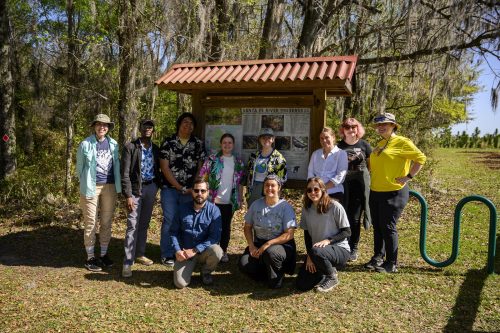 Fellows kicked off day two of the spring break field experience at Santa Fe River Preserve. Santa Fe River Preserve protects 1,067 acres on the banks of the Santa Fe River near Worthington Springs and is managed by the Alachua Conservation Trust, commonly known as the ACT. The ACT protects land through purchase, donation, and conservation easements in 16 counties. Ema Olmos, a conservation event coordinator with the Alachua Conservation Trust, met fellows at the trailhead and led a guided hike. Along the trail, fellows paused at various points to discuss the work that environmental nonprofits can accomplish. Olmos shared her own experiences working in youth outreach programs and shared her favorite ways to engage youth with the outdoors.
Fellows kicked off day two of the spring break field experience at Santa Fe River Preserve. Santa Fe River Preserve protects 1,067 acres on the banks of the Santa Fe River near Worthington Springs and is managed by the Alachua Conservation Trust, commonly known as the ACT. The ACT protects land through purchase, donation, and conservation easements in 16 counties. Ema Olmos, a conservation event coordinator with the Alachua Conservation Trust, met fellows at the trailhead and led a guided hike. Along the trail, fellows paused at various points to discuss the work that environmental nonprofits can accomplish. Olmos shared her own experiences working in youth outreach programs and shared her favorite ways to engage youth with the outdoors.
After a lunch break, students took to the water on a paddling excursion down the Ichetucknee River. Fellows launched in tandem kayaks at Ichetucknee Springs State Park, which is fed by eight major springs. While paddling leisurely downstream, the students saw various animals up close, including yellow-bellied slider turtles, great blue herons, and a few alligator gar. At one point, the group even saw a wild turkey among the towering cypress trees in the forested wetlands on the edge of the riverbank.
As they paddled through the crystal clear water and tried not to disturb the sediment and vast swaths of vibrant green eelgrass at the bottom, students got to talk with some researchers from the US Geological Survey and the Florida Department of Environmental Protection diving in a shallow area. Soon after, everyone had to carefully maneuver around a manatee and her calf grazing on some seagrass while getting close enough to get a good look. Seeing the vibrant ecosystems around North Florida was a highlight of the experience for all.
“I wish I could kayak the Ichetucknee for a second time…being surrounded by nature like that is something that I want to experience again,” said wildlife ecology and conservation sophomore Joel Saunders.
Wednesday, March 13
Location: Ocala
Activities:
The group got their intellectual juices flowing at Silver Springs State Park through an activity led by Matthew Stanley, a K-12 education and outreach scientist with TESI’s Scientist in Every Florida School program. Stanley asked the Fellows to draw a river on a poster board and then assigned them each the role of a stakeholder such as a developer, farmer or an environmentalist. They then had to think through where they would place things like houses, laundromats, factories, farms, and highways in relation to the river from that stakeholders perspective. They then shared their posters and the reasoning behind their decision to place certain locations along the river banks.
The activity helped Fellows to better understand the challenges of balancing economic growth and a healthy natural environment.
“There are often two primary viewpoints on ‘natural areas.’ One sees it as a resource for our use and development, and the other usually considers the space ‘sacred’ and values the need for it to be protected and preserved. The activity highlights so many of those challenges,” said Stanley.
When everyone placed all of their mock towns together at the end, it highlighted that while one community’s needs work well for them, other communities downstream may not have the same feelings.
Sustainability studies sophomore Tess Segal echoed this sentiment when reflecting on her experience.
“I would definitely lay my city out differently if I knew there were other communities downstream,” she said.
After the outreach activity, everyone joined in on a glass-bottom boat tour of Silver Springs. The translucent boat bottom provided a charming glimpse into the spring for students to marvel at various fish, Native American artifacts, eelgrass, movie props, and more!
During lunch, students chatted with Gabriella Sullivan, the Water Resources Conservation Coordinator for the City of Ocala about her career journey.
Sullivan then took the group to the Ocala Water Reclamation Facility, where wastewater operators led a guided tour of the facility. First, the Fellows got a preview of the compliance laboratory, where lab technicians test wastewater before and after treatment to ensure that the reclaimed water is safe to leave the plant and enter the environment.
Next, the group moved outside to see step-by-step how wastewater is treated. From the headworks, where flushable wipes and feminine products are removed, to the chlorine contact chamber, where reclaimed water is disinfected. The Fellows were surprised to find that there was no odor throughout the facility!
The process was very involved, but the wastewater operator emphasized the importance of removing nitrate from wastewater by starving the gut bacteria of oxygen so denitrification can take place. Reducing nitrate in reclaimed water is important because nitrate can cause harmful algae blooms and human health complications in high concentrations.
After touring the Water Reclamation Facility, the group traveled to the Water Treatment Plant, where drinking water for the City of Ocala is produced. The water operators, who oversee the facility and routinely monitor and test the water to ensure it meets drinking standards, gave the Fellows a tour. Drinking water requires various treatment steps to filter out contaminants and disinfect source water to ensure the water is safe to drink.
Gregory Nobleza, a freshman studying computer engineering and sustainability, commented that the tours allowed him to see the importance of water to people’s daily lives.
“There are government policies, regulations, and infrastructure put in place to control water so that it seems seamless for the layperson but seeing where the water goes between each step of the process to your sink was so insightful,” he added.
To end the day and show the entire water cycle, Sullivan gave the Fellows a tour of the Ocala Wetland Recharge Park. It was built to filter out excess nutrients from reclaimed water and recharge the Upper Floridan Aquifer. In addition, the park also teemed with a growing wildlife population of frogs, bugs, snakes, turtles, and wetland birds like common gallinules and little blue herons.
After walking through the “Underwater World Up Close” giant tunnel that shows the many macroinvertebrates that inhabit the park’s wetland cells, Sullivan drew attention to the informational exhibits and kiosks scattered throughout the park which showcase the importance of water conservation and limiting nonpoint source pollution in Ocala and Florida’s watersheds at large.
Thursday, March 14
Location: Gainesville
Activities:
To round off the week and discover more ways to get involved in the local community, the group visited GROW HUB in Gainesville. First, students were introduced to Jesse Wilson, the Youth Program Director at Working Food, a nonprofit dedicated to establishing a robust and resilient local food system in North Central Florida through collaboration, economic opportunity, education, and seed stewardship.
Wilson tasked the students to go on a scavenger hunt while touring GROW HUB. They collected seeds, fruiting plants, and more using themed bingo cards. Throughout the tour, Wilson discussed her work in seed saving, which is the act of storing and preserving seeds to use from year to year.
After feeding some goats and walking to the back of the property, a strong sulfuric odor emanated from a giant pile of dirt with decomposing bananas, apples, eggshells, and more. This was a compost pile that Beaten Path Garden collects from hundreds of Gainesville residents and stores at GROW HUB. Some of the students were even brave enough to touch the compost and collect some items for their bingo card on the ground nearby.
Using the seeds, flowers, and other plants from their scavenger hunt, the Fellows tapped into their inner artists and pressed them onto sun print paper, then left their creations out in the sun to develop.
After their sun prints were finished, the Fellows explored the seed gardens at GROW HUB and learned how seeds from plants like calendula are stored and saved to regrow year after year.
At lunch, they chatted with Wilson about her career journey, the work she does at Working Food, and her experiences in K-12 education. Following the youth education thread, Wilson also led the group through some of the youth educational activities she conducts. One example was a blindfold activity similar to pin the tail on the donkey. Instead of a tail, one blindfolded person could velcro plant parts like an anvil or a stamen onto the diagram of a plant under the guidance of their teammates.
Wilson also led the group through an activity to educate about pollination. Everyone was handed a laminated card to match their pollinator with a plant by role playing and questioning other group members to determine which pollinator was the best match for their plant.
Students then revisited the seed garden workhouse to get hands on experience with plant propagation. While the Fellows got their hands dirty, an employee discussed her background in horticultural therapy and how working with plants can be used to facilitate healing and rehabilitation.
“At GROW HUB, I was able to see how much a community can do if they are given the opportunity to get involved and learn,” said Kleckner.
For the second half of the day, the Fellows visited The Repurpose Project and Reuse Planet to learn more about how each organization works to make Gainesville zero waste. Their tour guide was Amanda Waddle, the Director of Zero Waste at The Repurpose Project.
Waddle guided the group through the Repurpose Project’s donation area and walked them through the decision process of sorting through and assessing items for quality to sell in the storefront. After seeing all the large items that The Repurpose Project sells such as glass, sinks, window frames, and more, Waddle explained the reasoning behind the store’s setup.
The Fellows closed out they day with a tour of Reuse Planet, where larger items like furniture and appliances are sold, as well as clothes, which Waddle mentioned was a recent addition.
Both tours taught the Fellows about the importance of respecting and reusing the resources we take from the Earth and reducing the waste that goes to landfills.
“From this experience, I learned that sustainability and environmental education have a much wider reach than I initially thought and that there is space in every field to teach and learn about how we can make an effort to be more conscious of the choices we make,” said Saunders.
Support for these events was provided by a grant from the Smallwood Foundation.

